Effortless Import: Excel to Google Sheets in Minutes

Excel and Google Sheets are two of the most popular tools for organizing and analyzing data. Although they share many functionalities, there are situations where moving your data from Excel to Google Sheets becomes necessary. This could be for real-time collaboration, cloud-based access, or for utilizing Google Sheets' unique features like Google's Add-ons. In this guide, we'll explore how you can seamlessly transfer your Excel data into Google Sheets in just a few minutes, using step-by-step instructions.
Why Convert from Excel to Google Sheets?

Understanding the benefits of moving from Excel to Google Sheets can provide you with motivation to make the switch:
- Collaboration: Google Sheets excels in collaboration, allowing multiple users to edit the same sheet simultaneously.
- Cloud Access: With Google Sheets, your data is stored on the cloud, providing access from anywhere with an internet connection.
- Automatic Saving: Sheets automatically save your work, reducing the risk of data loss.
- Integration: Easily integrate with other Google services and a vast ecosystem of add-ons for enhanced functionality.
Preparing Your Excel File
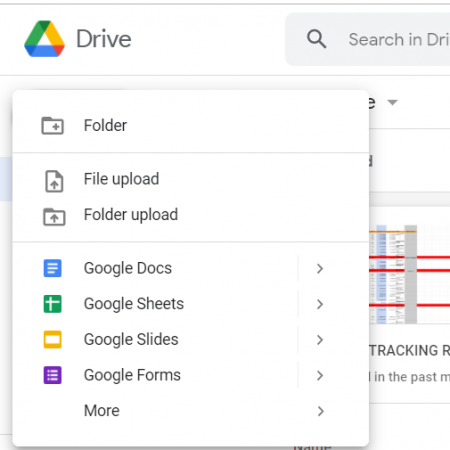
Before you start the conversion process, ensure your Excel file is ready for a smooth transition:
- Clean Up Data: Remove any unnecessary comments, hidden rows or columns, or blank rows at the end of your spreadsheet.
- Check Formulas: Excel has more formulas than Google Sheets. Make sure all the formulas you use are compatible or have equivalents in Sheets.
- Named Ranges: If you’re using named ranges, consider documenting them for reference after the conversion.
Converting Excel to Google Sheets
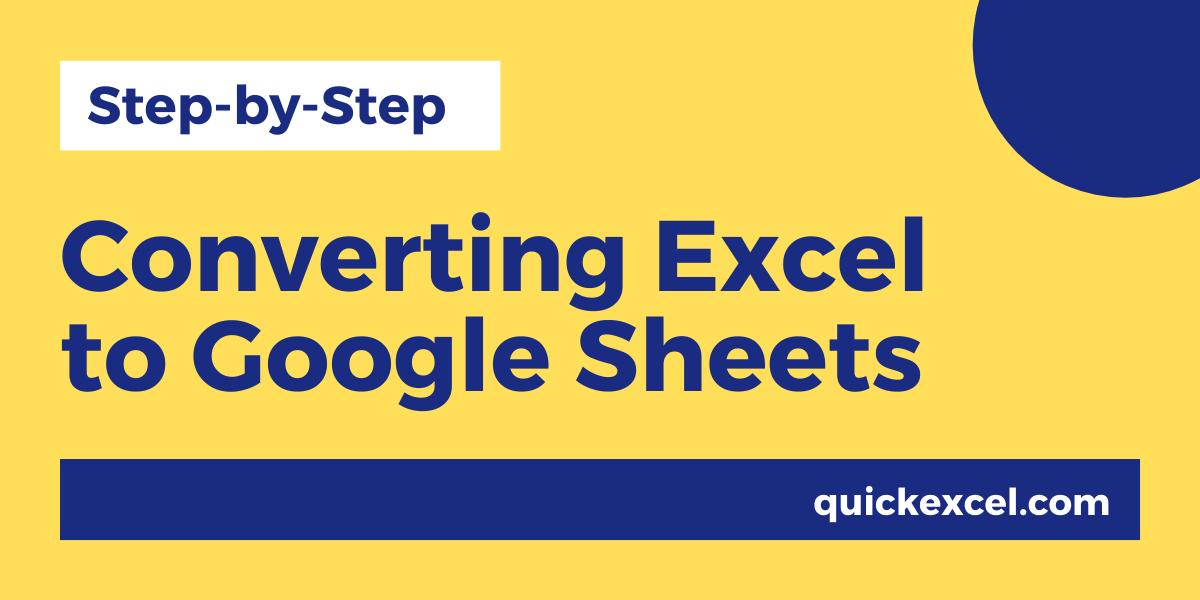
Here’s how to convert your Excel file to Google Sheets:
- Upload to Google Drive:
Go to Google Drive (drive.google.com) and click on the New button on the top left, then select File upload. Choose your Excel file from your computer and wait for the upload to finish.
- Open with Google Sheets:
After the upload, right-click the file and choose Open with > Google Sheets.
- Confirm Conversion:
A prompt will appear asking if you want to save the file as a Google Sheet. Click Open now to convert it. You will now have both your original Excel file and a new Google Sheet version of it in your Google Drive.
Post Conversion Checks
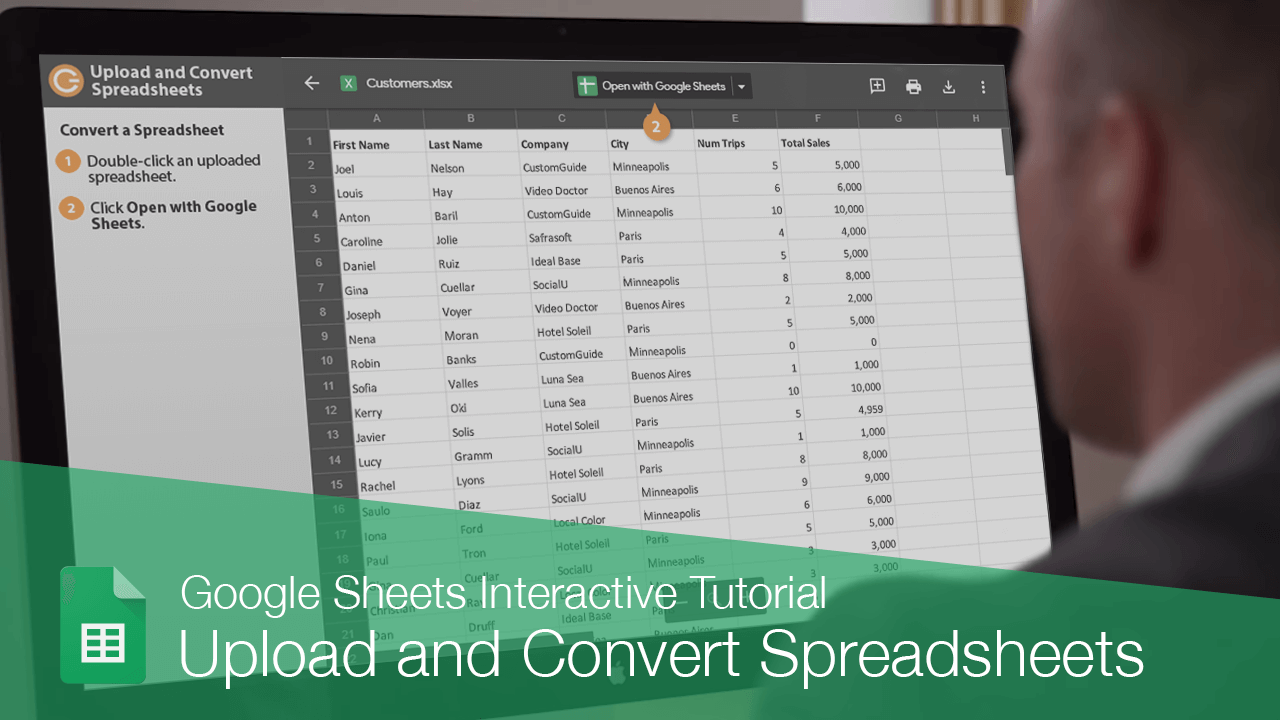
Once converted, here are some things to check:
- Data Integrity: Ensure that all data has transferred correctly, especially dates, currencies, and formulas.
- Formatting: Check if the formatting of your Excel file is preserved or if you need to adjust some settings in Google Sheets.
- Links & References: Verify if internal and external links are still functional.
- Images and Objects: Images, charts, or other objects might not import seamlessly; review these elements.
⚠️ Note: If your Excel file contains macros, they won't transfer to Google Sheets. Consider writing equivalent scripts in Google Apps Script.
Collaborating with Others

One of the primary reasons to use Google Sheets is the ease of collaboration:
- Sharing Options: You can share the document with different permission levels: view only, comment, or edit.
- Real-Time Collaboration: See who else is working on the document, where they are making changes, and work together in real time.
- Revision History: Access the document’s entire revision history to track changes and revert if needed.
- Comments & Notes: Use comments to provide feedback or discussion points within the document.
Using Google Sheets’ Unique Features

Take advantage of features that are unique to Google Sheets:
- Google Forms: Create surveys, quizzes, or data collection tools directly linked to your sheet.
- Add-ons: Explore Google Sheets add-ons for additional functionalities like advanced charts, project management tools, or automated workflows.
- Explore Function: Use the Explore sidebar for quick data insights and suggested charts.
- Connected Sheets: Analyze big data directly from BigQuery in Sheets.
Summing Up the Process

Switching from Excel to Google Sheets offers numerous advantages, including cloud storage, real-time collaboration, and integration with other Google services. The process is straightforward, requiring you to upload your file to Google Drive, open it with Google Sheets, and verify the conversion. Here are the key points to remember:
- Ensure your Excel file is prepared for the transition by cleaning up data and checking formula compatibility.
- Convert your Excel file to Google Sheets through Google Drive.
- Post-conversion checks are vital to ensure data integrity and formatting.
- Take advantage of Google Sheets’ collaboration features and unique tools for a more dynamic workflow.
By following these steps, you can enhance your productivity, work more collaboratively, and leverage the power of cloud-based data management. Whether for personal projects or professional work, Google Sheets provides a versatile platform for all your spreadsheet needs.
Can I convert multiple Excel files at once to Google Sheets?

+
Yes, you can convert multiple files by uploading them to Google Drive and opening each one with Google Sheets. However, you’ll need to do each file individually or use Google Apps Script to automate this process for a batch of files.
What happens to Excel charts when I convert to Google Sheets?
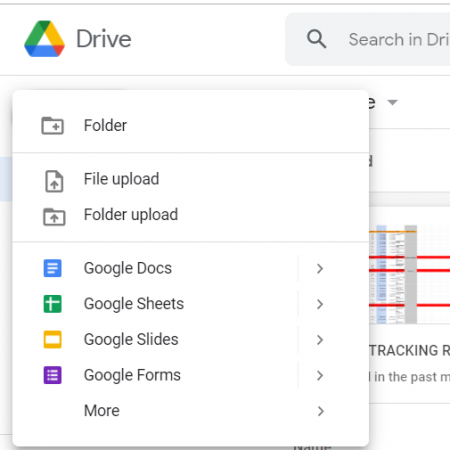
+
Excel charts will be converted into a static image format in Google Sheets, not as dynamic charts. You will need to recreate charts using Google Sheets’ charting tools.
How do I handle Excel formulas that Google Sheets does not support?
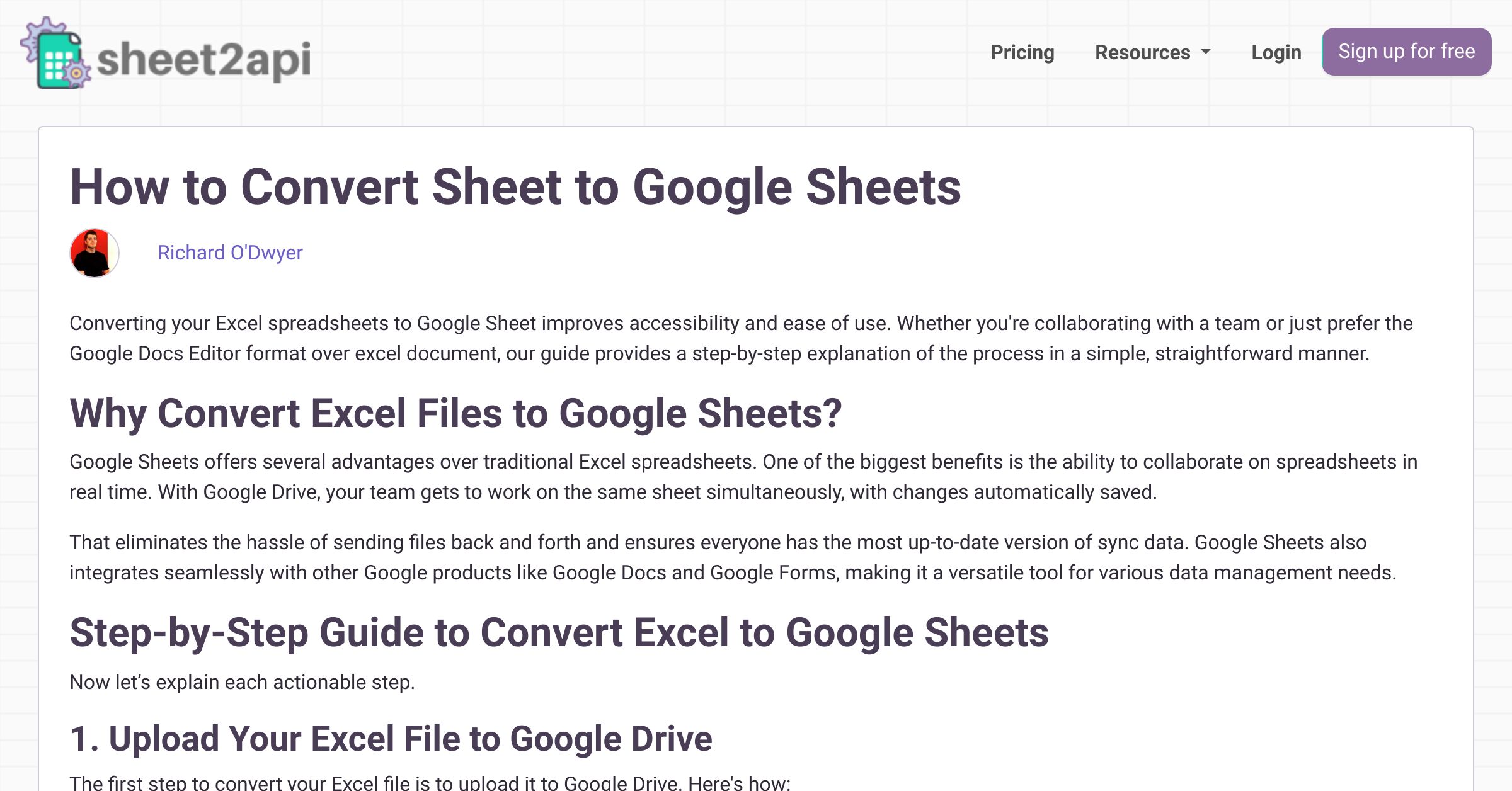
+
If Google Sheets does not support a formula from Excel, you will need to find an equivalent or adapt your approach. Sometimes, you can use Google Sheets’ QUERY function to replicate complex operations.
Can I revert changes made in Google Sheets back to an Excel file?

+
Yes, you can download the Google Sheet as an Excel file by selecting File > Download > Microsoft Excel. However, some formatting and features unique to Google Sheets might not translate perfectly back to Excel.



